By Dr. Boniface Perera
The recent, dramatic escalation of hostilities between Iran and Israel – with reports of 200 Israeli fighter jets striking Iranian military and nuclear facilities on June 13 and Iran responding with 100 drone attacks and vows of harsher retaliation – signals a perilous new phase in Middle Eastern geopolitics.
On June 14 Iran launched hundreds of ballistic missiles towards Israel in a retaliatory strike. While Israel’s Iron Dome and US assistance intercepted the majority of the projectiles, some did penetrate defences. At the time of writing this article, a battle is ongoing and there are reports of continued exchanges of fire. For a small island nation like Sri Lanka, still navigating a fragile economic recovery, the implications of a full-blown war in this volatile region are profound, threatening to unleash a cascade of economic shocks and pose significant national security challenges. This article will delve briefly into the multifaceted ways in which such a conflict could impact Sri Lanka. Economic Reverberations: A Ripple Effect of Crisis Sri Lanka’s economy, heavily reliant on imports, remittances, and tourism, stands particularly vulnerable to the fallout from a major Middle East conflict.
Fuel and gas prices
The most immediate and devastating impact would be on global energy markets. The Middle East is the world’s primary source of oil and gas. A full-blown war, especially one involving Iran, a major oil producer and controller of the Strait of Hormuz (a critical choke point for global oil shipments), would inevitably send crude oil prices soaring. Sri Lanka, which imports virtually all of its fuel, would face an astronomical increase in its import bill. This would drain already strained foreign exchange reserves, make domestic fuel prices unaffordable for many, and cripple transportation, industries, and power generation. The ripple effect would be felt across all sectors, from agriculture to manufacturing.
Inflationary spiral
A Return to hardship higher fuel costs directly translate into increased transportation and production costs across the board. This would fuel a rampant inflationary spiral, pushing up the prices of essential goods, food, and services. Sri Lanka has only recently begun to tame its runaway inflation, and a new surge would erase these gains, plunging a significant portion of the population back into severe economic hardship. The government must proactively prepare for potential higher fuel costs from an Iran-Israel war. Contingency plans should include diversifying energy sources, securing strategic reserves, and implementing energy conservation measures to mitigate economic shocks and protect vulnerable populations from soaring prices.
Impacts on food supply
The past Iran-Iraq war (1980-1988) had a limited direct impact on Sri Lanka’s food supply. While Iraq was a significant buyer of Sri Lankan tea, Sri Lanka primarily imports staple foods from India and Pakistan. The conflict did affect global oil prices, which could have indirectly raised import costs for Sri Lanka, but direct food supply disruptions were minimal. However, a potential Iran-Israel war could significantly affect Sri Lanka’s food security. As of June 13, an escalation is feared, with reports of Israeli airstrikes on Iran. Such a conflict would severely disrupt global oil markets, leading to soaring crude oil prices. Since Sri Lanka relies heavily on imported fuel for transport and agriculture, this would directly increase the cost of food production and distribution within the country. Furthermore, any major conflict in the Middle East could disrupt vital shipping lanes, leading to delays and higher freight costs for imports from India and Pakistan, Sri Lanka’s primary food sources. This would inevitably translate to higher food prices in Sri Lanka. While India and Pakistan’s domestic food production might remain stable, a regional conflict could still impact their export capabilities due to increased transportation costs and insurance premiums. Therefore, a protracted Iran-Israel war poses a substantial risk of both food price hikes and potential food shortages in Sri Lanka, exacerbating existing economic vulnerabilities.
Shipping and insurance costs a thorny route
The Red Sea and the Suez Canal are vital maritime arteries for Sri Lanka’s trade with Europe and parts of the Middle East. An escalating conflict would undoubtedly lead to further attacks on commercial shipping, making these routes extremely hazardous. Shipping companies would be forced to re-route vessels around the Cape of Good Hope, significantly increasing transit times (by weeks) and fuel consumption. This would translate into massive increases in freight charges and insurance premiums for all cargo, including essential imports and exports. Surcharges for vessels navigating perceived risk zones would become commonplace, further inflating costs for Sri Lankan businesses and consumers.
Impact on imports and exports
The combined effect of soaring shipping costs, insurance premiums, and extended transit times would severely impact both Sri Lanka’s imports and exports. Imports of raw materials, machinery, and essential goods would become prohibitively expensive, leading to production slowdowns and shortages. On the export front, Sri Lankan goods, particularly apparel and tea, would become less competitive in international markets due to higher landed costs and unpredictable delivery schedules. This would cripple foreign exchange earnings, which are vital for debt servicing and economic stability.
Tourism: A shattered recovery
The Iran-Israel tensions, while geographically distant, pose a significant indirect threat to Sri Lanka’s burgeoning tourism sector. Having just embarked on a strong recovery path, aiming for 3 million visitors and $5 billion in revenue by 2025, the island nation is vulnerable to external shocks. The primary concerns stem from potential disruptions to global oil prices, which would inevitably translate to higher airfares, making long-haul travel to Sri Lanka more expensive and less appealing. Furthermore, an escalation in the Middle East could deter Western tourists who might be hesitant to transit through major hub airports located in the region. While Sri Lanka has seen a healthy growth in tourist arrivals, diversifying its source markets beyond traditional Western ones, sustained instability could impact overall traveler confidence. The island’s strategic focus on nature, wellness, and cultural heritage remains strong, but a prolonged regional conflict risks hindering its ambitious tourism goals and the broader economic recovery. Sri Lanka’s tourism sector, a crucial pillar of its post-crisis recovery, would suffer immensely. Perceptions of instability in the broader Middle East, even if geographically distant from Sri Lanka, often deter international tourists. Travel advisories from key source markets could be issued, leading to widespread cancellations and a dramatic drop in arrivals. This would result in significant job losses in the hospitality and related industries, further impacting livelihoods.
Job losses and national security implications
Millions of Sri Lankans work in the Middle East, and their remittances are a vital source of foreign exchange for the country. A full-blown war would destabilise the region’s economies, potentially leading to widespread job losses for migrant workers. Many might be forced to return, creating a new humanitarian challenge and a drastic reduction in remittances, further straining Sri Lanka’s foreign exchange reserves and impacting countless families.
While the economic ramifications are stark, a full-blown Iran-Israel war also carries significant national security implications for Sri Lanka. Sri Lanka has historically maintained a nonaligned foreign policy, fostering relations with both Iran and Israel. The escalating conflict would put immense pressure on this delicate balancing act. The country might find itself in a difficult position, caught between regional and global powers, and its ability to maintain neutrality could be challenged.
Radicalization, extremism and Maritime security concerns
The conflict could fuel radicalization and extremism, particularly if it is framed as a broader sectarian or religious war. While Sri Lanka has made progress in combating extremism, renewed regional tensions could provide fertile ground for extremist ideologies to take root or re-emerge, posing a direct threat to national security and social cohesion.
Increased naval activity and potential acts of aggression in key maritime routes, including those in the Indian Ocean, could pose direct threats to Sri Lankan commercial vessels and potentially even its territorial waters. The need for enhanced maritime security measures would become paramount, diverting resources from other critical areas.
Repatriation and humanitarian aid
Should a large number of Sri Lankan migrant workers be displaced or affected by the conflict, the government would face a significant logistical and humanitarian challenge in their repatriation and subsequent rehabilitation. This would strain national resources and require robust contingency planning.
Readiness for critical scenarios
The scenario of a full-blown Iran-Israel war presents an existential threat to Sri Lanka’s fragile economic recovery and carries grave national security risks. The country cannot afford to be complacent. It is imperative that the government develops robust contingency plans for energy security, food supply, and foreign exchange management. The government must engage in active diplomatic efforts with international partners to de-escalate the conflict and ensure the safety of Sri Lankan citizens abroad. It must strengthen its maritime surveillance and security capabilities to protect its trade routes and territorial integrity. The government must prepare for potential humanitarian crises, including the repatriation and reintegration of returning migrant workers. It must foster national unity and resilience to withstand the inevitable shocks. While Sri Lanka may be geographically distant from the immediate battleground, the interconnectedness of the global economy and the far-reaching tentacles of geopolitical instability mean that a war in the Middle East would, without a doubt, cast a long and dark shadow over our island nation. Proactive measures and unwavering diplomatic engagement are not merely options; they are critical imperatives for Sri Lanka’s survival and stability in these turbulent times.
*The writer is a distinguished individual with a multifaceted career. He is a battle-hardened Infantry officer who served the Sri Lanka Army for over 36 years, dedicating 20 of those years to active combat. Dr. Perera is a former Security Forces Commander of the Wanni Region and Eastern Province, and he also served as the Competent Authority responsible for resettling 300,000 displaced people in the North. In addition to his military service, Dr. Perera is a respected international researcher and writer, having authored more than 200 research articles and 16 scientific books. He holds a PhD in economics and is an entrepreneur and international analyst specializing in national security, economics, and politics. He can be reached on [email protected]

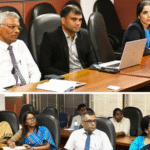

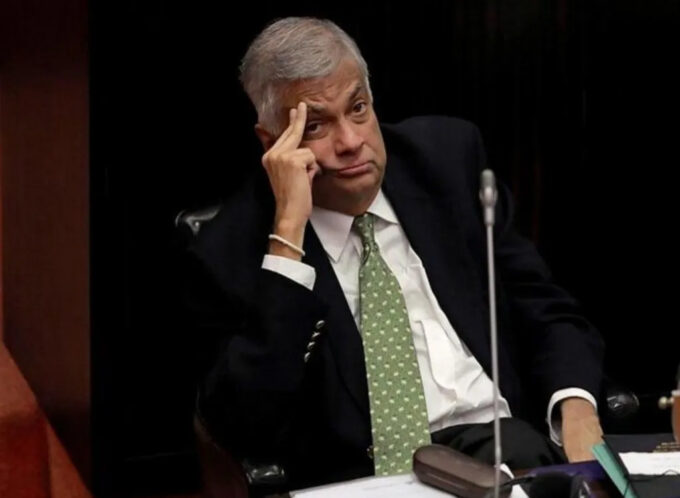

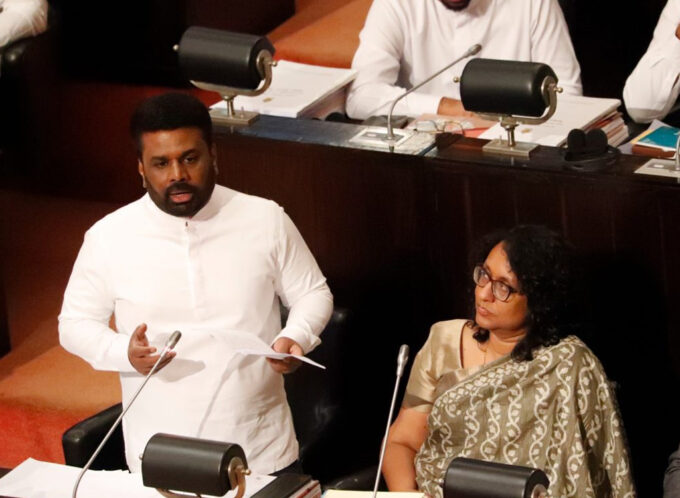
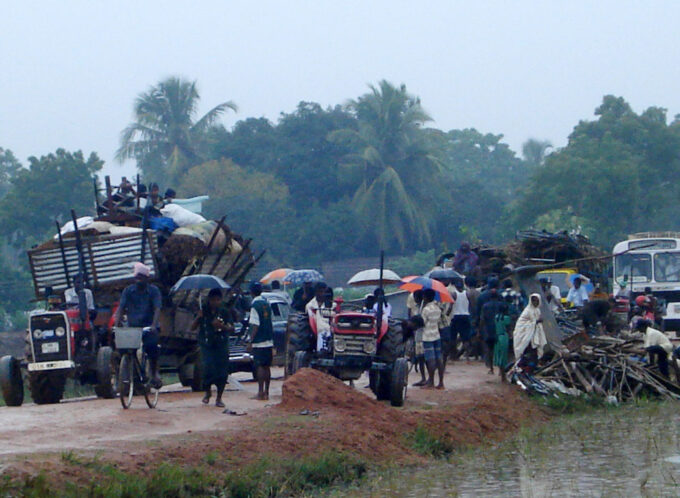


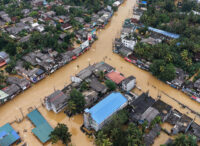
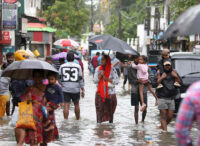
Leave a comment